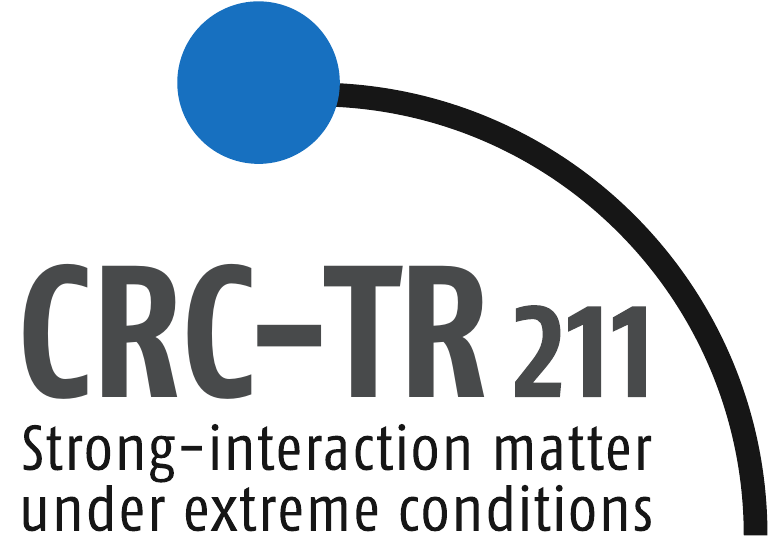
 Nuclear Physics
Colloquium
Nuclear Physics
Colloquium 
 Nuclear Physics
Colloquium
Nuclear Physics
Colloquium Venue: Physics Building, Max-von-Laue-Str. 1, Seminar Room PHYS 2.116
Time: Monday, May 27, 3:00pm
(s.t.)
Contact: hees@th.physik.uni-frankfurt.de
Parton distribution functions (PDFs) and amplitudes (DAs) are defined
near the light front frame. Within the parton model the former
correspond to probability densities and the latter to wavefunctions of a
given hadron. While PDFs are needed in the description of inclusive
processes, DAs are important for exclusive processes like the
photoproduction of pions.
Within QCD, PDFs and DAs are defined as expectation values of non-local
light front operators, which complicates their evaluation in lattice QCD
simulations, that are carried out in Euclidean spacetime. Recently, new
methods of "directly" computing PDFs and DAs on the lattice have been
suggested. I will discuss a "direct" computation of the leading twist
pion DA from Euclidean Green functions in coordinate space as the
easiest realization of these novel methods.
Mellin moments of DAs provide an alternative approach as these are
related to expectation values of local operators, enabling their
non-perturbative evaluation using "traditional" methods. Recently, for
the first time, we carried out a continuum limit extrapolation of the
lowest lying DAs of the octet pseudoscalar mesons and baryons across
five lattice spacings. I will also present details of these studies.